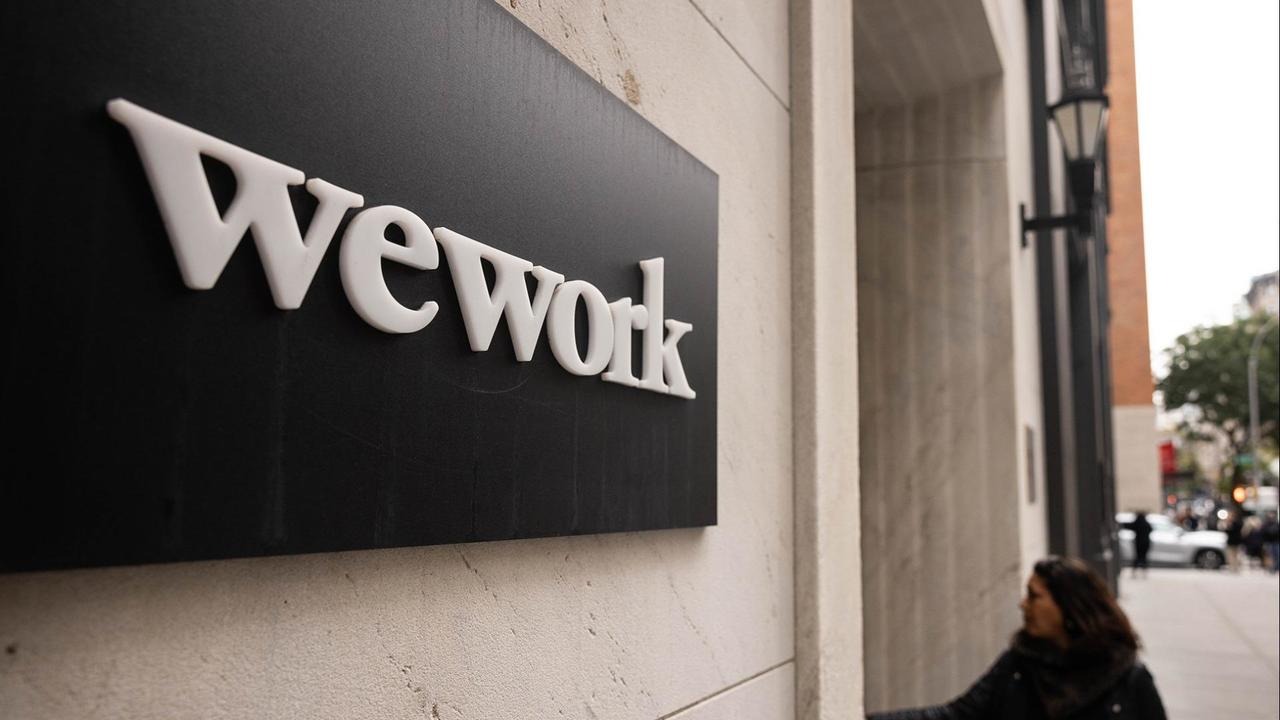In the initial weeks of 2024, major corporations spanning the media, retail, and technology sectors have initiated significant workforce reductions, attributing the cuts to a combination of factors, including strategic investments in artificial intelligence (AI) and the impact of elevated interest rates.
This wave of layoffs follows similar trends observed towards the end of 2023, showcasing a broader economic landscape influenced by evolving priorities and financial considerations.

Here’s an overview of notable companies implementing workforce reductions:
Technology
Google (Alphabet-owned): In mid-January, Google, under Alphabet, announced layoffs affecting hundreds of workers across its hardware, voice assistance, and engineering teams.
The move was positioned as a cost-cutting measure to allocate resources responsibly, aligning with the company’s key priorities. The CEO, Sundar Pichai, hinted at further layoffs as Google intensifies its focus on the artificial intelligence arms race.
Microsoft: A recent internal memo revealed that Microsoft is undergoing job cuts, specifically in its gaming division. Approximately 1,900 positions, representing about 8% of the total gaming workforce, are slated for elimination.
Riot Games: Riot Games, the developer of the popular video game “League of Legends,” executed a significant workforce reduction, cutting 530 jobs, which accounts for 11% of its staff. The company justified the move as crucial to ensuring a sustainable future.
TikTok (ByteDance-owned): TikTok, a social media app owned by ByteDance, reduced its workforce by laying off 60 advertising and sales employees in a routine reorganization.
Amazon-owned companies: Within the Amazon umbrella, Audible, the audiobook and podcast service, eliminated 100 jobs (5% of its workforce). Amazon’s broader restructuring also led to job cuts in other divisions, including Prime Video and the streaming and studios unit.
Salesforce: In January, Salesforce announced a substantial reduction in its workforce, letting go of 7,350 employees, amounting to 10% of its total staff. The move was in response to industrywide cost-cutting trends, and the company also indicated office closures to streamline costs.
Retail
eBay: E-commerce giant eBay revealed plans to cut 1,000 jobs, equating to approximately 9% of its full-time workforce, as part of an effort to align its pace of growth with economic conditions.
REI: Outdoor apparel and equipment retailer REI decided to lay off 357 workers, primarily affecting staff at its headquarters and distribution center, following four quarters of declining performance.
Levi Strauss & Co.: Denim clothing manufacturer Levi Strauss & Co. disclosed intentions to reduce its workforce by 10% to 15%, impacting around 2,865 employees in the first quarter. This move aims to achieve cost savings and operational efficiency.
Macy’s: Struggling department store Macy’s, grappling with the shift to online shopping, announced layoffs affecting approximately 2,350 employees, constituting 3.5% of its workforce. The company is implementing this as part of a new strategy to adapt to changing consumer dynamics.
Wayfair: Online furniture retailer Wayfair, acknowledging overambitious hiring during the COVID era, announced a 13% reduction in its workforce, translating to 1,650 job cuts. CEO Niraj Shah emphasized the need to streamline operations for sustained profitability.
This wave of workforce reductions reflects a complex interplay of economic factors, including technological advancements, industry dynamics, and adjustments to market conditions.
As companies strategically navigate these challenges, the impact is felt across various sectors, emphasizing the need for adaptability and resilience in the evolving business landscape.


